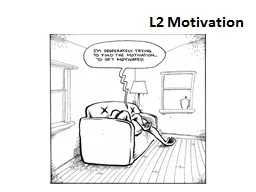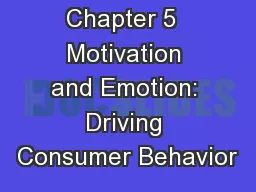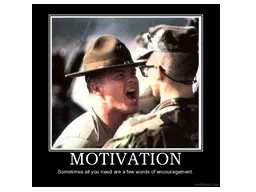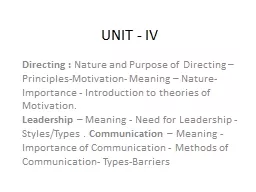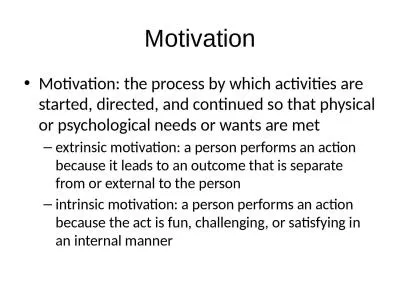PPT-Unit III IMBA 6 Sem Consumer Motivation
Author : zoe | Published Date : 2023-06-26
Scholars and researchers have identified four major psychological factors motivation perception learning beliefs and attitudes that influence consumers buying
Presentation Embed Code
Download Presentation
Download Presentation The PPT/PDF document "Unit III IMBA 6 Sem Consumer Motivation" is the property of its rightful owner. Permission is granted to download and print the materials on this website for personal, non-commercial use only, and to display it on your personal computer provided you do not modify the materials and that you retain all copyright notices contained in the materials. By downloading content from our website, you accept the terms of this agreement.
Unit III IMBA 6 Sem Consumer Motivation: Transcript
Download Rules Of Document
"Unit III IMBA 6 Sem Consumer Motivation"The content belongs to its owner. You may download and print it for personal use, without modification, and keep all copyright notices. By downloading, you agree to these terms.
Related Documents





